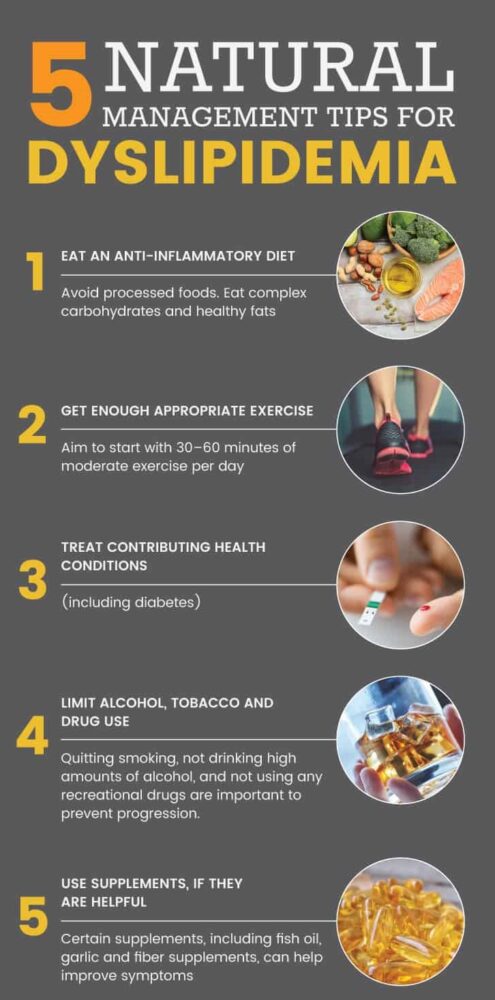Dyslipidemia Diagnosis and Treatment
Rama Care is here to uncover the essentials of dyslipidemia, including its diagnosis, treatment options, and management tips to maintain healthy cholesterol levels and promote heart health.

Types of Dyslipidemia
Dyslipidemia refers to abnormal levels of lipids in the blood, a major risk factor for cardiovascular disease. The condition is categorized based on which type of lipid is elevated:
- Hypercholesterolemia: Elevated levels of cholesterol, particularly low-density lipoprotein (LDL) cholesterol, which is often referred to as "bad" cholesterol because it can lead to plaque buildup in arteries
- Hypertriglyceridemia: High levels of triglycerides, a type of fat in the blood, which can increase the risk of developing coronary artery disease.
- Combined hyperlipidemia: Simultaneously high levels of cholesterol and triglycerides.
- Low levels of high-density lipoprotein (HDL): Often termed "good" cholesterol because it helps remove other forms of cholesterol from the bloodstream. Low HDL can increase cardiovascular disease risk.
We Provided All Types Of Dyslipidemia Diagnosis and Treatment

Diagnosis of Dyslipidemia
The diagnosis of dyslipidemia is primarily made through blood tests that measure lipid levels
- Lipid Panel: This is the key diagnostic test and includes measurements of total cholesterol, LDL cholesterol, HDL cholesterol, and triglycerides. A lipid panel is typically recommended for adults over the age of 20 at least once every five years.
- Genetic Testing: For individuals with a family history of dyslipidemia or early heart disease, genetic testing can be useful to identify familial hypercholesterolemia, a genetic disorder causing high cholesterol.
- Additional Tests: In some cases, other diagnostic tools like C-reactive protein (CRP) tests may be used to evaluate the risk of cardiovascular disease, especially if a patient shows borderline lipid levels.
Make An Appointment
Risk Factors for Dyslipidemia
Genetic Factors
A strong family history of high cholesterol or genetic conditions like familial hypercholesterolemia increases the risk.
Diet
High intake of saturated fats, trans fats, and cholesterol-rich foods contributes to high levels of bad cholesterol and triglycerides.
Obesity
Carrying excess weight, particularly around the abdomen, is associated with increased LDL and decreased HDL cholesterol.
Smoking and Alcohol:
Smoking lowers HDL cholesterol, and excessive alcohol intake raises triglyceride levels.


Rama Care’s Treatment Strategies
At Rama Care, treatment for dyslipidemia is comprehensive and personalized, involving lifestyle modifications and, if necessary, pharmacotherapy:
- Lifestyle Modifications: The first line of treatment involves dietary changes, such as reducing saturated fat and cholesterol intake; increasing physical activity; and achieving and maintaining a healthy weight. Smoking cessation and moderating alcohol intake are also recommended.
- Medications: If lifestyle changes are insufficient to achieve lipid goals, medications may be prescribed. Statins are the most commonly used drugs to lower LDL cholesterol. Other medications include fibrates for lowering triglycerides, niacin, and cholesterol absorption inhibitors.
- Monitoring and Follow-Up: Regular follow-up visits are scheduled to monitor lipid levels and adjust treatments as necessary. This personalized approach ensures optimal management of dyslipidemia to reduce the risk of cardiovascular disease. Other medications include fibrates for lowering triglycerides, niacin, and cholesterol absorption inhibitors.
Prevention
Preventing dyslipidemia involves addressing the modifiable risk factors associated with the condition:
Diet:
Adopt a heart-healthy diet rich in fruits, vegetables, whole grains, and healthy fats like those from fish and olive oil. Limit foods high in saturated fats and sugars.
Physical Activity
Engage in regular physical activity, such as brisk walking, cycling, or swimming, for at least 150 minutes per week.
Weight Management:
Maintain a healthy weight to help control cholesterol levels and lower the risk of developing dyslipidemia.
Avoid Tobacco and Limit Alcoho
Avoid smoking and limit alcohol consumption, as these can negatively impact lipid levels.
Regular Screening:
Regular lipid screenings can help detect dyslipidemia early and allow for timely intervention to prevent more severe complications.


Dyslipidemia involves abnormal levels of lipids, including cholesterol and triglycerides, in the blood. High cholesterol specifically refers to elevated levels of LDL (“bad”) cholesterol
Adults should generally have their cholesterol checked every 4-6 years, more frequently if at risk or if levels are elevated.
Effective changes include adopting a diet low in saturated fats and cholesterol, increasing physical activity, maintaining a healthy weight, and quitting smoking.
Common side effects include muscle pain, digestive issues, and potential liver damage, particularly with statins.
While dyslipidemia can be managed effectively with treatment and lifestyle changes, it is typically a chronic condition that requires ongoing management.
Real Review From Our Real Customer

Sarah Taylor
DeveloperLorem ipsum dolor sit amet consectetur adipiscing elit sed do eiusmod tempor incididunt ut labore et dolore magna aliqua. Ut enim ad minim veniam, quis nostrud exercitation ullamco laboris nisi ut aliquip ex ea commodo consequat.

Aiken Ward
DesignerLorem ipsum dolor sit amet consectetur adipiscing elit sed do eiusmod tempor incididunt ut labore et dolore magna aliqua. Ut enim ad minim veniam, quis nostrud exercitation ullamco laboris nisi ut aliquip ex ea commodo consequat.

Eachann Jhon
FounderLorem ipsum dolor sit amet consectetur adipiscing elit sed do eiusmod tempor incididunt ut labore et dolore magna aliqua. Ut enim ad minim veniam, quis nostrud exercitation ullamco laboris nisi ut aliquip ex ea commodo consequat.

Smith Jorge
DesignerLorem ipsum dolor sit amet consectetur adipiscing elit sed do eiusmod tempor incididunt ut labore et dolore magna aliqua. Ut enim ad minim veniam, quis nostrud exercitation ullamco laboris nisi ut aliquip ex ea commodo consequat.
Stay Updated With Our Latest News And Blog Articles
- By: admin
- June 3, 2024
- No Comments
Benefits of Electrotherapy
- By: admin
- June 4, 2024
- No Comments
Is Electrotherapy Safe During Pregnancy?
- By: admin
- June 4, 2024
- No Comments


